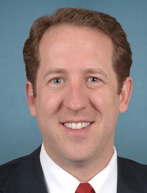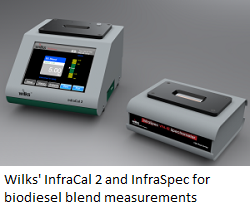 A new study from the University of Nebraska-Lincoln shows Nebraska’s ethanol production capacity growth over the last 20 years is tenfold. This news release from the Nebraska Ethanol Board says the “Economic Impacts of the Ethanol Industry in Nebraska” also reveals ethanol in the state is producing 2,077 million gallons per year with 1,301 full-time employees at 24 facilities, and with the green fuel and dried distillers grain with solubles (DDGS) from the ethanol production, it is putting $4 billion to more than $6.6 billion into the economy.
A new study from the University of Nebraska-Lincoln shows Nebraska’s ethanol production capacity growth over the last 20 years is tenfold. This news release from the Nebraska Ethanol Board says the “Economic Impacts of the Ethanol Industry in Nebraska” also reveals ethanol in the state is producing 2,077 million gallons per year with 1,301 full-time employees at 24 facilities, and with the green fuel and dried distillers grain with solubles (DDGS) from the ethanol production, it is putting $4 billion to more than $6.6 billion into the economy.
“The quantifiable economic impact of ethanol production on the Nebraska economy is clear,” said Paul Kenney, chairman of the Nebraska Ethanol Board. “But we should also understand the enormous savings in health and environmental costs associated with displacing toxic petroleum products with cleaner burning biofuels like ethanol. Choosing ethanol fuels brings additional cost savings in terms of our health.”
Nebraska’s large ethanol production results in 96 percent (1.805 billion gallons) being shipped out of state and makes Nebraska one of the largest exporters of bioenergy. In addition, 58 percent of DDGS produced in 2014 were shipped out of state. These out-of-state shipments result in a net positive for the state and represent a direct economic impact by bringing new money into the state economy.
The study noted that Nebraska’s ethanol industry could be affected by emerging trends and at least four are worth watching – the recovery of carbon dioxide (CO2), the extraction of corn oil, and world export markets for both ethanol and DDGS.
Many of these upcoming trends will be discussed later this week during the annual Ethanol 2015: Emerging Issues Forum in Omaha April 16-17.









